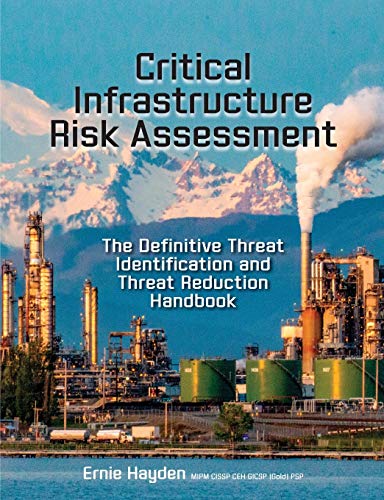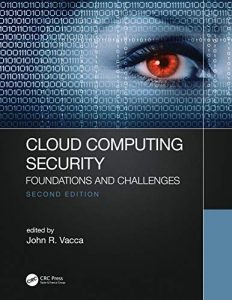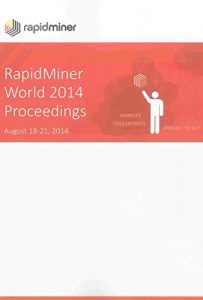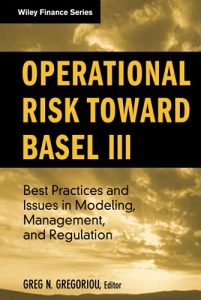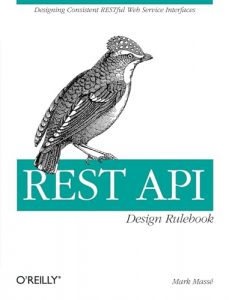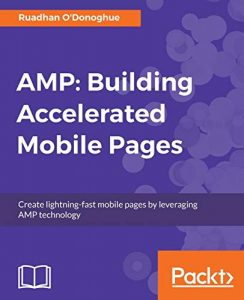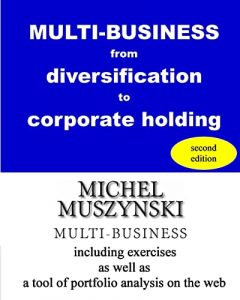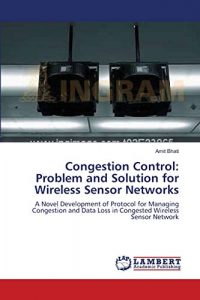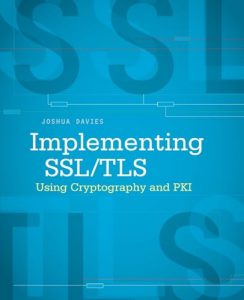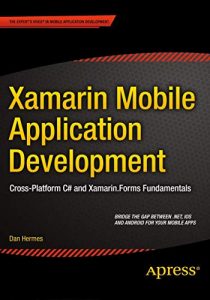Introduction
In the dynamic landscape of today’s world, effective infrastructure management is paramount. As organizations strive to enhance their operational efficiencies, the literature on infrastructure management has grown exponentially. These insightful books not only provide foundational knowledge but also equip professionals with practical strategies to mitigate risks and boost resiliency across various sectors.
Whether you’re looking to deepen your understanding of critical infrastructure systems or exploring innovative management techniques, these carefully curated books offer invaluable resources. From risk assessment to operational strategies, this post highlights must-have readings for anyone serious about infrastructure management.
Featured Reviews
Critical Infrastructure Risk Assessment: The Definitive Threat Identification and Threat Reduction Handbook
This essential guide by Rothstein Publishing delves deep into the complexities of risk assessment in critical infrastructure. It provides a comprehensive framework for identifying potential threats and formulating effective strategies to address them. For decision-makers and practitioners, this book serves as a crucial tool in navigating the intricacies of infrastructure management. The clarity and thoroughness presented will empower readers to implement robust risk management protocols. Its strength lies in its practical approach, making complex concepts accessible to all. If you’re looking to enhance your understanding of infrastructure risks, this book is a must-read.
Public Infrastructure Management: Tracking Assets and Increasing System Resiliency
This seminal work by J. Ross Publishing provides detailed insights into managing public infrastructure assets. With real-world examples, the authors illustrate the importance of tracking assets to improve resilience and operational performance. It’s a vital resource for public sector professionals who are focused on enhancing the sustainability of critical services. This book stands out for its methodical approach, ensuring that readers gain practical skills alongside theoretical understanding. Investing in this book means investing in the future of public infrastructure.
Smart Infrastructure Management
Published by Elsevier, this book sheds light on the innovative integration of smart technologies in infrastructure management. The intersection of IoT, data analytics, and traditional management practices is masterfully explored, presenting a roadmap for modern organizations. This book is a vital resource for anyone looking to leverage technology for better decision-making in infrastructure management. Its emphasis on practical applications and case studies truly makes it a standout choice for forward-thinking professionals.
IT Infrastructure and Operations Management: Mastering The Concepts, Techniques, and Applications.
This brief yet impactful book takes a deep dive into the nuances of IT operations in infrastructure frameworks. By focusing on mastering core concepts and applications, the author provides a solid foundation for professionals at all levels. Its straightforward approach makes it a fantastic introduction for newcomers while still offering valuable insights for experienced individuals aiming to update their knowledge. Essential reading for anyone involved in IT infrastructure.
Critical Infrastructure Protection in Homeland Security: Defending a Networked Nation
This comprehensive text by Wiley addresses the essential principles behind critical infrastructure protection in today’s interconnected world. Structured to help readers understand the multifaceted challenges that come with safeguarding vital systems, it’s an invaluable asset for those working in homeland security and related fields. The depth of knowledge provided, along with practical examples, will ensure readers are well-equipped to take on top-tier security challenges.
Identity-Native Infrastructure Access Management: Preventing Breaches by Eliminating Secrets and Adopting Zero Trust
This book by O’Reilly Media introduces a modern approach to access management considering the growing threats of security breaches. It emphasizes a zero-trust architecture that is becoming essential in the digital age. Readers will benefit from its relevant strategies and methodologies for creating secure infrastructure environments. A hand-on-guide, it influences readers to rethink their access control strategies and strengthen their operational frameworks.
The Infrastructure Book: How Cities Work and Power Our Lives
By Prometheus, this intriguing book addresses the workings of urban infrastructure and its influence on daily life. It connects infrastructure management with societal impacts, making it relevant for both operational leaders and everyday readers. The authors successfully distill complex systems into relatable narratives, providing strong examples of how effective management can improve urban environments. A fascinating read for anyone interested in the intersection of infrastructure and society.
IT Infrastructure for the Complete Beginner
This independently published book is the perfect starting point for any newcomer to IT infrastructure. By breaking down complex concepts into digestible segments, the author creates an accessible entryway into the field. It’s not just a textbook; it serves to inspire curiosity and passion for infrastructure technology. Beginners will find this resource invaluable as they embark on their infrastructure management journey.
Water, Wastewater, and Stormwater Infrastructure Management
This comprehensive guide from CRC Press offers a detailed examination of water-related infrastructure management. By covering essential principles and operational practices, it addresses both current and long-term challenges faced by professionals in the industry. This book is important for engineers, policy-makers, and anyone involved in infrastructure management, granting them the insight needed to navigate a complex landscape.
The Story of Asset Management: Infrastructure. We can afford to buy it. Can we afford to keep it?
Dr. Jill Burns tackles a pressing question within asset management in this book. It not only examines the financial feasibility of maintaining infrastructural investments but also raises awareness about the lifecycle of these assets. This insightful exploration is a great reflective piece for managers and investment professionals as they weigh the importance of sustainability in their choices.

